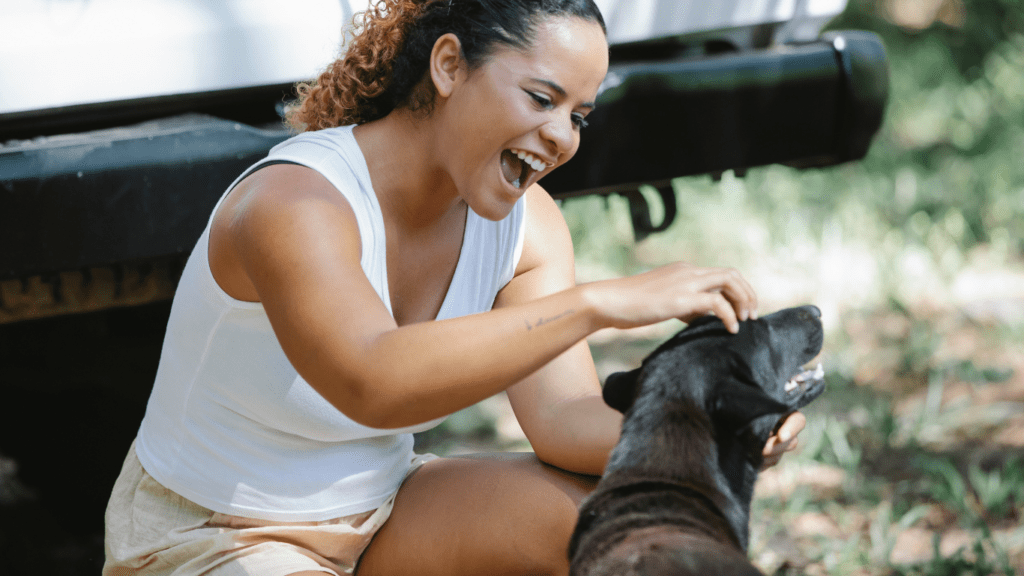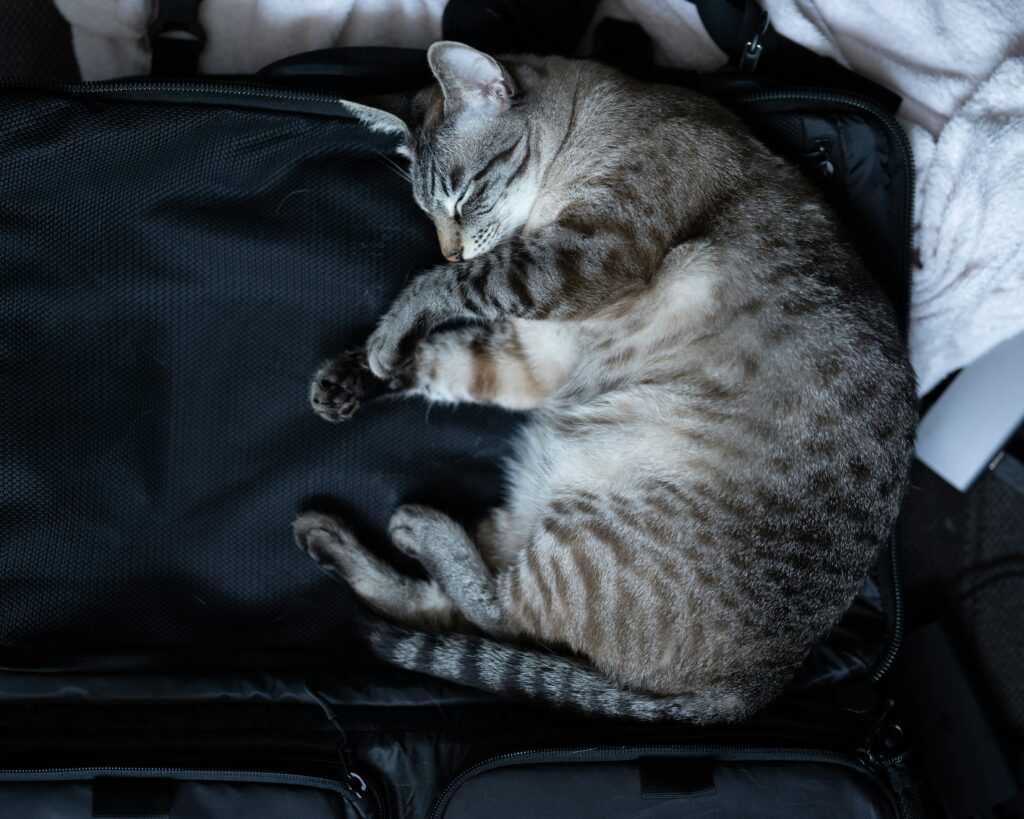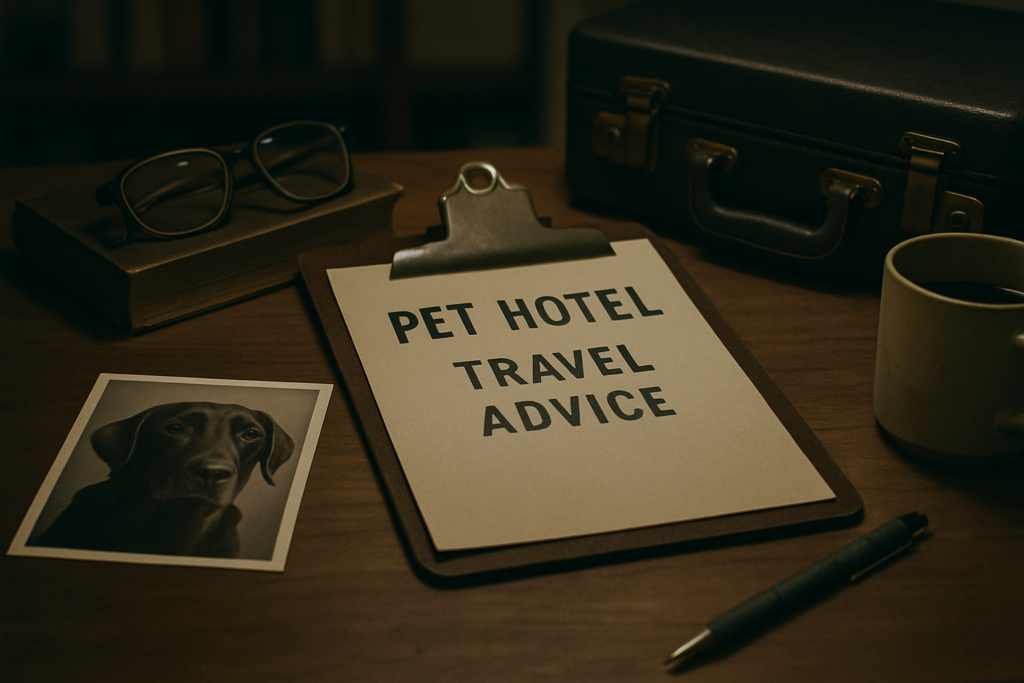Understanding Your Pet’s Needs
Traveling with your pet requires a thorough understanding of their needs to guarantee a stress-free journey. Proper preparation alleviates both your concerns and your pet’s anxiety.
Assess Your Pet’s Travel Readiness
Evaluate your pet’s health and temperament to determine if they’re fit to travel. Visit the vet for a health check-up and ensure vaccinations are up-to-date.
Some pets, like senior dogs or cats with medical conditions, may not handle travel well. Observe their behavior in different environments to gauge their adaptability. If they display signs of stress or anxiety during short car rides, consider alternative arrangements.
Familiarize Your Pet with the Travel Container
Introduce the travel container to your pet well before the trip. Place it in their living space, allowing them to explore it freely. Make the container inviting with their favorite blanket or toys.
Gradually increase the time they spend inside to build comfort. For instance, place your cat inside for 5 minutes, then 10, then 30. This steady approach eases travel stress and creates a positive association with the container.
Health and Safety
Traveling with your pet involves a few health and safety measures. Ensuring your pet’s well-being before, during, and after travel is essential.
Visit the Vet Before Departing
Scheduling a vet visit before traveling confirms your pet’s health status. The vet can check for underlying health issues that might affect travel. Vaccinations, parasite control, and any necessary medications should be up-to-date. Make sure to grab a copy of your pet’s medical records to have them on hand.
Keep Up with Their Regular Routine
Maintaining a pet’s routine during travel reduces stress. Keep feeding, walking, and sleeping schedules consistent. For instance, feed your pet at the same times each day and take regular breaks for exercise and bathroom needs. This helps maintain their comfort and reduces anxiety during trips.
Choosing the Right Gear
Selecting the right gear for your pet ensures their comfort and safety during travel. The right equipment makes the journey smoother for both you and your pet.
Select Appropriate Travel Crates and Accessories
Choosing an appropriate travel crate is crucial. A good crate offers enough space for your pet to stand, turn, and lie down comfortably. For flights, I recommend checking airline-specific crate requirements.
Many airlines have strict guidelines on crate size, material, and construction. For road trips, secure the crate with seat belts or anchors to prevent movement.
Use accessories like padded bedding, crate fans, and water bottles (for dogs) to increase comfort. Harnesses and seat belts are essential for pets not in crates. I’ve found that pets are calmer and less anxious when they can’t move around excessively.
Pack Essential Supplies
Always pack essential supplies for your pet’s needs. I include enough food for the journey plus an extra day’s worth in case of delays. Portable food and water bowls minimize spills and are convenient.
Medications, grooming tools, and waste bags are necessary for long trips. In my experience, comfort items like favorite toys or blankets help ease pets’ anxiety. I also carry a basic first aid kit for minor injuries or emergencies.
Additionally, ensure you have identification tags with updated contact information. Microchip information should be current as well. This step might seem minor, but it significantly increases the chances of reuniting with your pet if they get lost.
Transportation Tips

Ensuring your pet’s safety and comfort during transportation is crucial for a stress-free journey. Whether you’re traveling by air or car, the right preparations make all the difference.
Air Travel Tips for Pets
Air travel can be stressful for pets. Choosing the right airline is critical. Check their pet policies to ensure they accommodate your furry friend. Book direct flights to minimize stress and avoid potential layover issues.
Pets in carriers may need familiarization. Start this weeks before the trip by letting them explore the carrier at home. Use treats and praise to create a positive association.
Ensure all required documents are in order. Most airlines require a recent health certificate, so visit the vet a few days before departure.
Hydration is key, especially on longer flights. Provide a spill-proof water dispenser in the carrier. Avoid feeding your pet right before the flight to prevent motion sickness.
Car Travel Tips for Pets
- Car travel offers more flexibility but still requires careful planning.
- Use a well-ventilated carrier or a dog seat belt to secure your pet.
- Avoid letting pets roam freely in the vehicle to prevent distractions and accidents.
- Frequent breaks help keep pets comfortable.
- Plan to stop every 2-3 hours for exercise, bathroom breaks, and hydration.
- Choose pet-friendly rest stops whenever possible.
- Maintain a comfortable temperature in the car.
- Never leave a pet alone in a parked vehicle, regardless of the weather, to prevent heatstroke or hypothermia.
- Invest in sunshades to keep the temperature down and make the trip more pleasant for your pet.
- Bring along their favorite toys and a cozy blanket to create a familiar and soothing environment in the car.
Accommodation and Destinations
Finding suitable lodging and understanding pet regulations ensures a smooth trip with your pet. Plan ahead to avoid unpleasant surprises.
Research Pet-Friendly Accommodations
Check online directories for pet-friendly hotels, Airbnb options, or vacation rentals. Websites like BringFido and PetsWelcome list detailed information about accommodations that accept pets.
Look for amenities like:
- pet beds
- bowls
- designated pet areas
Confirm pet policies directly with the property since they can vary widely in terms of size, breed restrictions, and fees.
Learn About Destination-Specific Pet Rules
Research local pet regulations, including leash laws, allowed pet areas, and any breed restrictions. For instance, some parks and beaches have specific hours when pets are permitted.
Review vaccination and quarantine requirements, especially when traveling internationally. Contact local tourism offices or visit official websites for accurate information.


